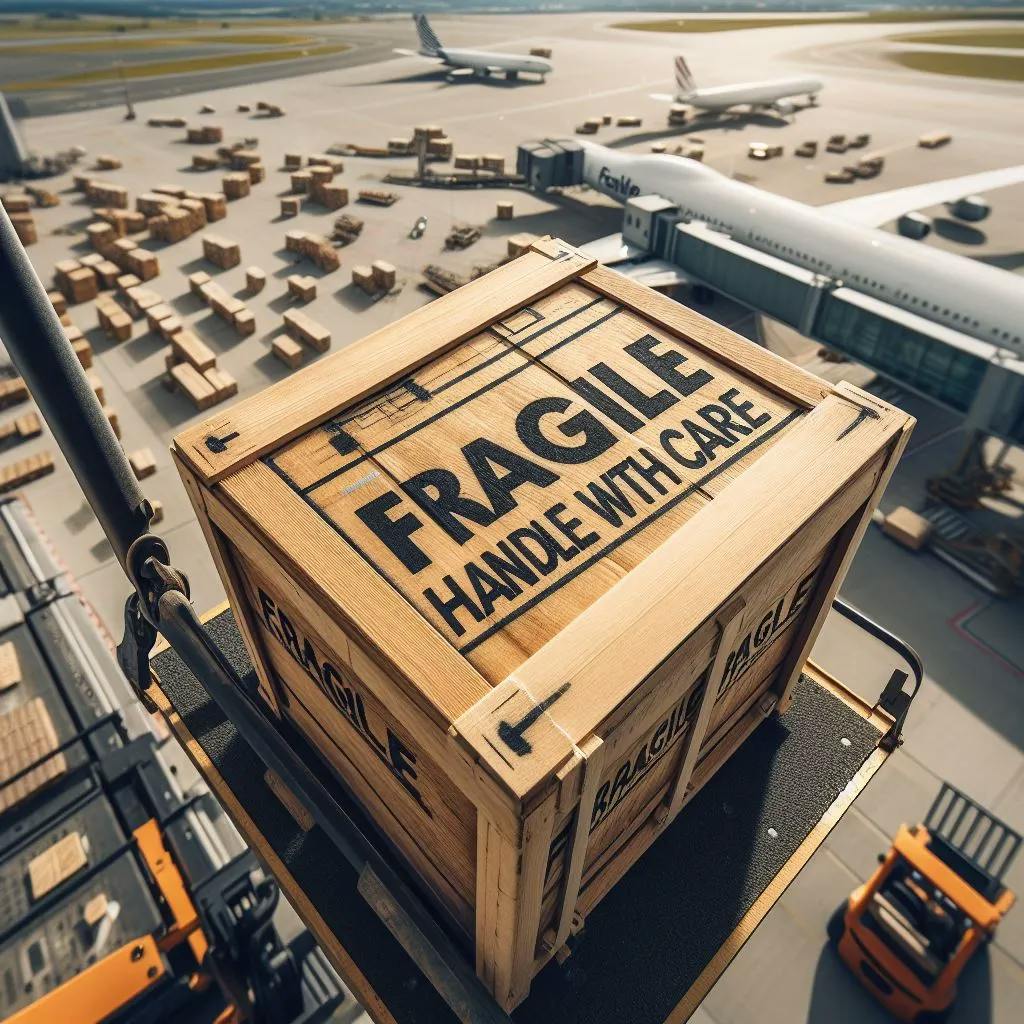Wood crates are one of the most common and traditional forms of packaging materials. They are widely used for transporting and storing various goods, such as fruits, vegetables, furniture, machinery, and artworks. But are they the best option for your packing needs? In this article, we will explore the advantages and disadvantages of using wood crates for packing.
Advantages of Wood Crates
Durability: Wood crates are strong and sturdy, and can withstand rough handling and external impacts. They can protect the contents from damage, moisture, dust, and pests. They are also resistant to high and low temperatures, and can be used in different climates and seasons.
Customizability: Wood crates can be easily customized to fit the size, shape, and weight of the items to be packed. They can also be modified with features such as handles, hinges, locks, labels, and cushioning materials. This can enhance the convenience, security, and aesthetics of the packaging.
Reusability: Wood crates can be reused multiple times, as long as they are not damaged or contaminated. They can also be repaired, refurbished, or recycled, which can reduce the waste and cost of packaging. Reusing wood crates can also benefit the environment, as it can save natural resources and energy, and reduce greenhouse gas emissions.
Biodegradability: Wood crates are made from natural and renewable materials, and can be easily decomposed or composted. This can minimize the environmental impact of packaging, and prevent the accumulation of non-biodegradable waste in landfills.
Disadvantages of Wood Crates
Weight: Wood crates are relatively heavy, compared to other packaging materials such as cardboard, plastic, or metal. This can increase the transportation and handling costs, and reduce the efficiency and convenience of packing. Heavy wood crates can also pose a risk of injury to workers or customers, especially if they are not handled properly.
Space: Wood crates are bulky and rigid, and can take up a lot of space in storage and transportation. They can also limit the amount of items that can be packed in a given volume. This can reduce the profitability and competitiveness of the business, and increase the carbon footprint of the packaging.
Quality: Wood crates are susceptible to deterioration and damage, due to factors such as moisture, fungi, insects, rodents, and chemicals. They can also warp, crack, split, or splinter, which can compromise the integrity and safety of the packaging. Damaged or contaminated wood crates can also affect the quality and hygiene of the items inside, and cause health hazards or legal issues.
Regulations: Wood crates are subject to strict regulations and standards, especially when they are used for international trade. They have to comply with the requirements of the International Plant Protection Convention (IPPC), which aims to prevent the spread of pests and diseases through wood packaging materials. Wood crates have to be treated and marked with the IPPC logo, which can add to the cost and complexity of the packaging.
Conclusion
Wood crates are a versatile and reliable form of packaging, but they also have some drawbacks and challenges. Depending on the type, purpose, and destination of the items to be packed, wood crates may or may not be the best option for your packing needs. Therefore, it is important to weigh the pros and cons of using wood crates, and consider other factors such as cost, availability, and customer preference, before choosing the most suitable packaging material for your business.
If you are looking for a reliable expert in this industry, choose Aircraft Crating Inc. For reliable and expert packing and shipping services, look no further. We provide high-quality, heat-treated custom shipping crates and pallets for all your crating and packaging needs.
